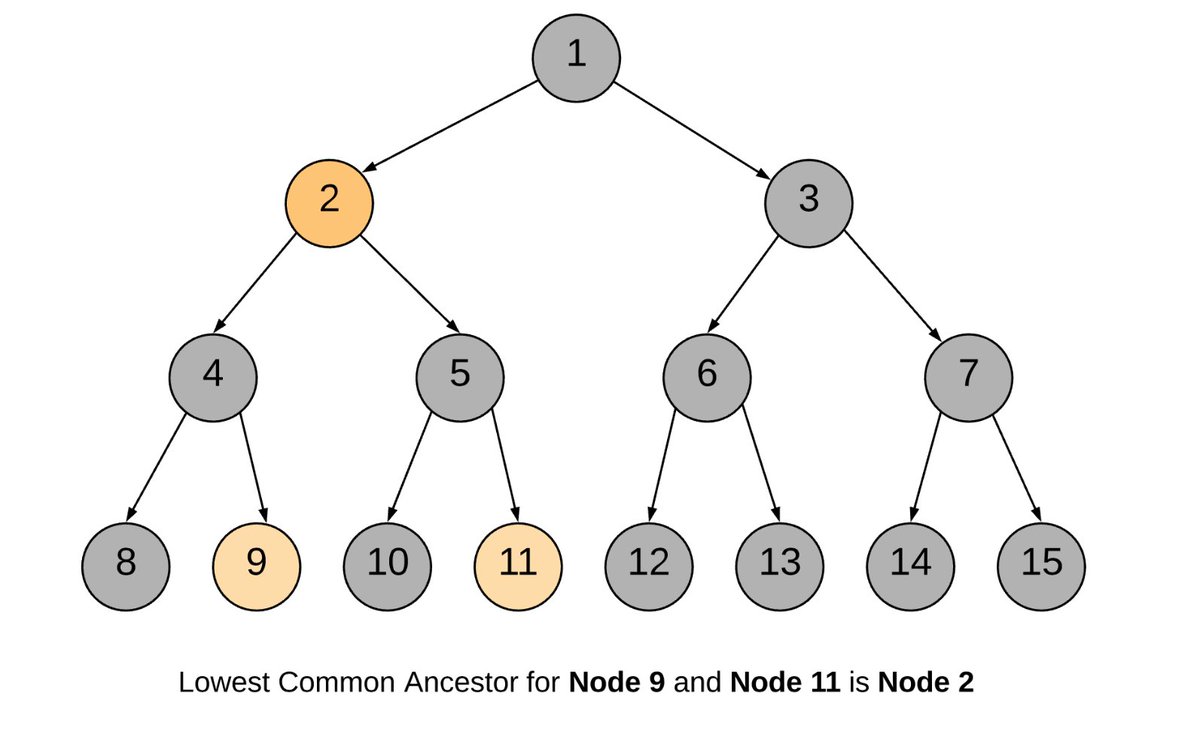
Automate form filling
For every government form in every country, autosuggest inputs. Or at least show worked examples. Crowdsource new forms from users, SEO for the form name, and make it one-click to submit.
Start with the most popular, then work your way down.
For every government form in every country, autosuggest inputs. Or at least show worked examples. Crowdsource new forms from users, SEO for the form name, and make it one-click to submit.
Start with the most popular, then work your way down.
This is a classic schlep business (paulgraham.com/schlep.html). Pieces of this already exist, but no one to my knowledge has done this for all forms across all countries.
It's immediately monetizable, and at scale it's a kind of API to governments. DM me with a link if you do it.
It's immediately monetizable, and at scale it's a kind of API to governments. DM me with a link if you do it.
Thoughts:
1) this has broad appeal to many demographics
2) you'll attract many professionals too
3) once you put data into one form, the service can autopopulate other forms
4) once you get N submissions on one form, some basic stats will reveal common errors and best practices
1) this has broad appeal to many demographics
2) you'll attract many professionals too
3) once you put data into one form, the service can autopopulate other forms
4) once you get N submissions on one form, some basic stats will reveal common errors and best practices
For many forms, people don't even know where to start. You could hit a "show me" button to get a filled out example.
If you want to get fancier, you could do this via AI. Hit the button a few times to see the form filled out for a variety of different situations.
If you want to get fancier, you could do this via AI. Hit the button a few times to see the form filled out for a variety of different situations.
• • •
Missing some Tweet in this thread? You can try to
force a refresh








